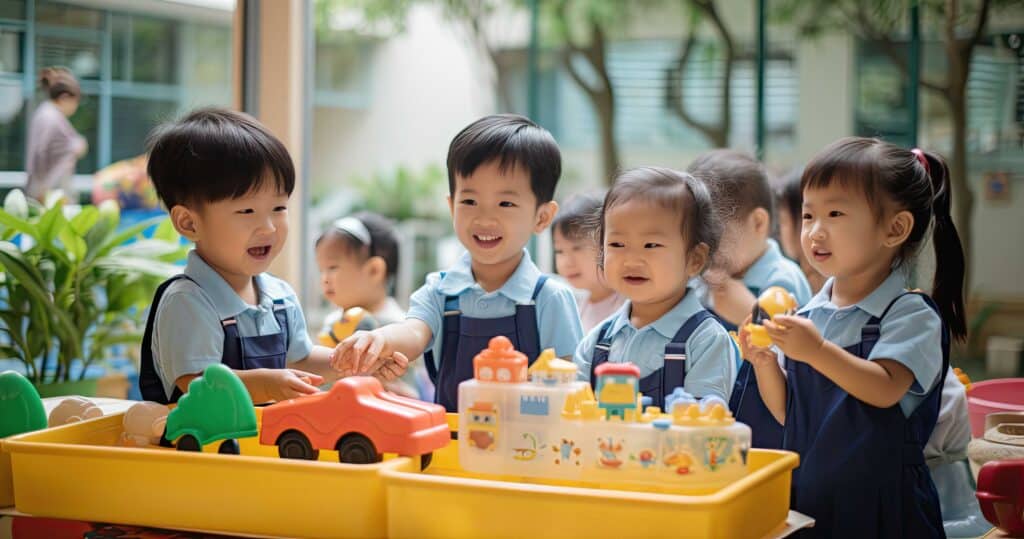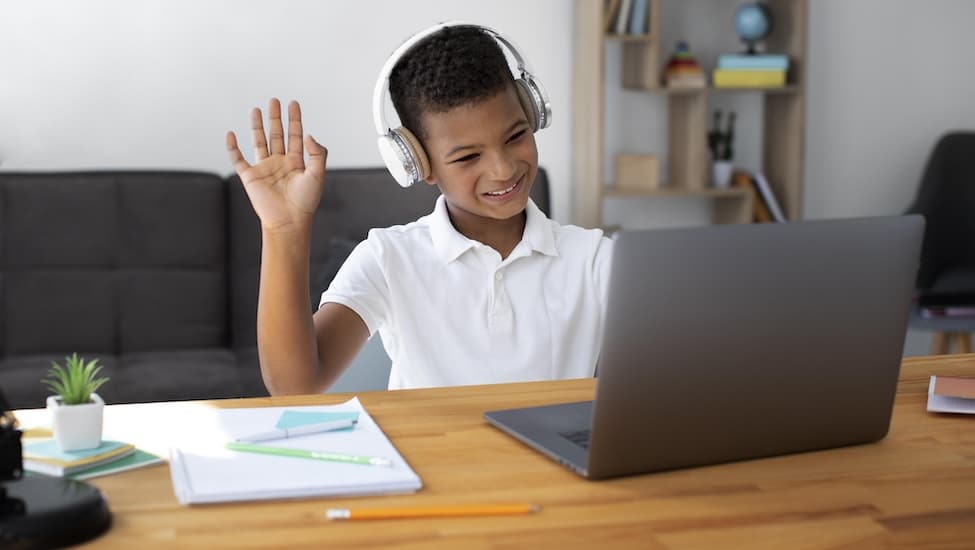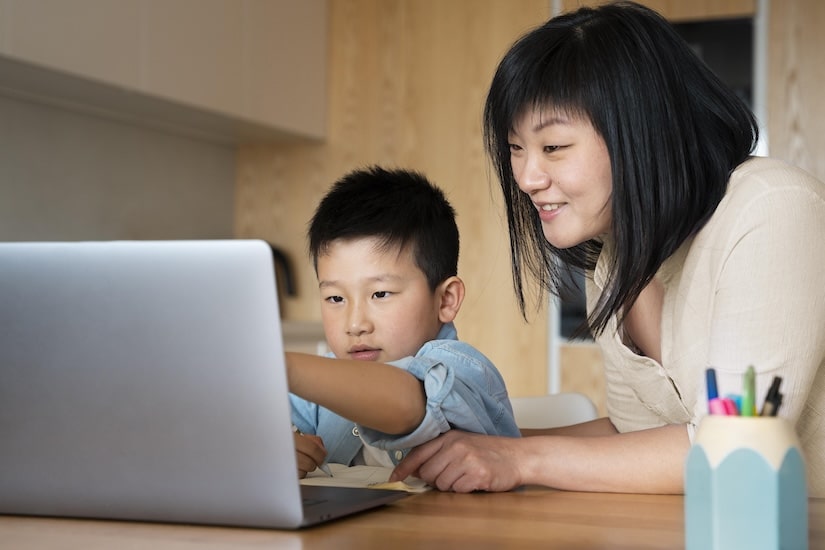Start Your Educational Journey: YelaoShr® Professional Collaboration Guide

In recent years, the education sector has been widely recognized as a booming field, attracting increasing attention and investment. This trend is driven by several factors. Firstly, with the continuous development and progress of the economy and society, people’s demand and expectations for education are also rising. Education is seen as a crucial way to […]
The Importance of In-Service Training: Achieving a UK Diploma and Malaysian Government Recognition as a Career Milestone

As society and the job market evolve, achieving success and stability in one’s career has become more challenging. In today’s competitive environment, standing out requires more than passion and perseverance; it demands continuous enhancement of professional knowledge and skills. In-service training has become a crucial factor in helping individuals create irreplaceable value in their careers. […]
Why Are Young People Today Less Focused on Academic Degrees?

This is a widely discussed topic, and one significant reason is that the education system and environment place too much emphasis on theoretical knowledge from textbooks, while not giving enough attention to practical skills. This phenomenon has led many graduates to find that the theories they learned in school don’t match up with the real world, causing them to lose faith in academic degrees.
Educational Franchise: Choose Wisely for Long-Term Value

The education industry has been gaining significant attention lately. Many see the business opportunities and wish to partner with educational institutions. But is it challenging to become a partner in this field? Absolutely. However, this high barrier to entry ensures long-term business returns and stability.
Why is preschool more important than family care at home?

Children between the ages of 3 and 6 are in a crucial stage of growth, with rapid brain development that makes them highly receptive to new knowledge. It’s during this period that their learning and social skills can be effectively nurtured and honed, laying a solid foundation for their future academic and life achievements. However, many families opt for grandparents or nannies to care for children at this stage, which can lead to problems like overindulgence, lack of independence, reticence, and poor communication skills. This article discusses why preschool education is more beneficial than home care by relatives, how it provides children with the best start, and the lifelong benefits of fostering self-directed learning and confidence.
Choosing the right industry is key to creating irreplaceable value for yourself

Why can’t administrative or service roles, like blue-collar jobs, add value to one’s career? When seeking a job, it’s not just the salary that matters but also the future prospects of the industry. A few hundred dollars in raise might seem tempting, but if the job involves long hours, working on weekends and public holidays, […]
Why should we stick to one-on-one teaching?

The benefits and positive impacts of one-on-one teaching on children are quite clear. It can significantly improve their literacy development as well as their comprehension and independent learning abilities at various stages. First, let’s discuss the advantages of one-on-one teaching. Eighteen years ago, many educational institutions and tutoring centers were hesitant to adopt this teaching […]
Online Learning vs Traditional Learning

The evolutionary landscape of education includes discussions about online versus traditional learning, which has provoked the urgency of critical discussions in the pedagogical domain. Amidst the transformation of technology, the debate on the effectiveness of traditional and modern learning methods has gained traction. The debates have been triggered, and education professionals and students alike have […]
Five Roles of Parents in Online Learning

In the modern network of education in which online learning is no longer an option but a reality, parents are the ones who must take the position of being gatekeepers to help kids prosper in the digital era. Aside from the supply of mandatory resources, parents will be the facilitators, mentors, communicators, creators of the […]
